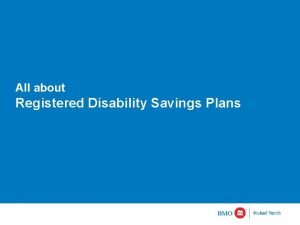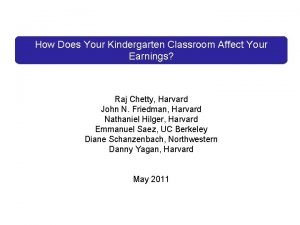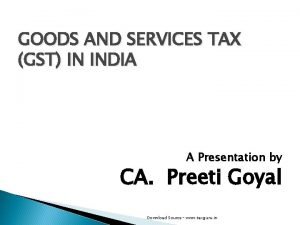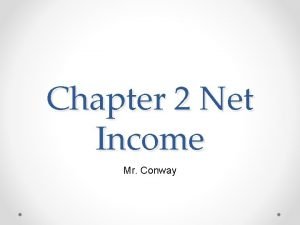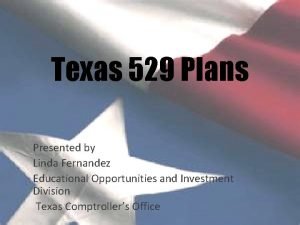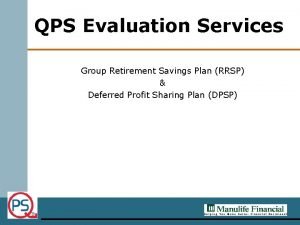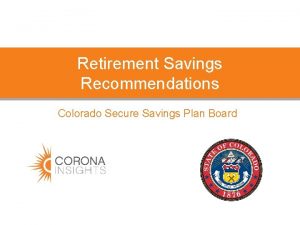Tax Loopholes RRSP Registered Retirement Savings Plan In







- Slides: 7

Tax ‘Loopholes’

RRSP (Registered Retirement Savings Plan) -In Canada, the more income you make, the higher percentage of that income is taxed Income % Taxed 100, 000 and higher 44% 75, 000 and higher 25% 37, 000 and higher 15% 15, 000 and higher 10% -So, one could send some of their income to their RRSP, to save for retirement, and also use it for investments And the best part is that the RRSP is not taxed!

An Example Without the RRSP -Let’s say that John’s taxable income is $100, 000 -John will be paying 44% income tax, which is $44, 000 -He would be left with $56, 000 after tax With the RRSP -John puts $25, 000 into an RRSP to save for retirement, and to use it for taxless investments -John is now left with $75, 000 of taxable income -Now, he only pays 25% tax, which is 18, 750 -He would be left with 56, 250

An Example (cont’) By using an RRSP, John ended up with about the same amount of money after tax, but also had money in an RRSP. This money is untaxed and he can invest with it and use it to save for retirement!

Income Splitting -This loophole works for owners of businesses -Owner can split his income with shareholders of the company -Can make his own family shareholders -This would mean that the owner’s income would be split, and the family members would have a portion of the owner’s total taxable income -each pay a smaller % of tax, than if the owner paid tax for all of the money together

An Example Without Income Splitting -From his small business, Bob makes $80, 000 -He pays 25% tax, and is left with $60, 000 With Income Splitting -Bob makes his wife and his two kids all shareholders. -He gives each of them, as a ‘salary’, 20, 000. -Each person of the family will pay 10% tax, and each would be left with $18, 000 After tax, Bob gets all the money back together, and he is left with $72, 000. He saved $12, 000!

Conclusion These great ‘loopholes’ can definitely be used together too! They are a great way to keep more money, and also save for retirement!
